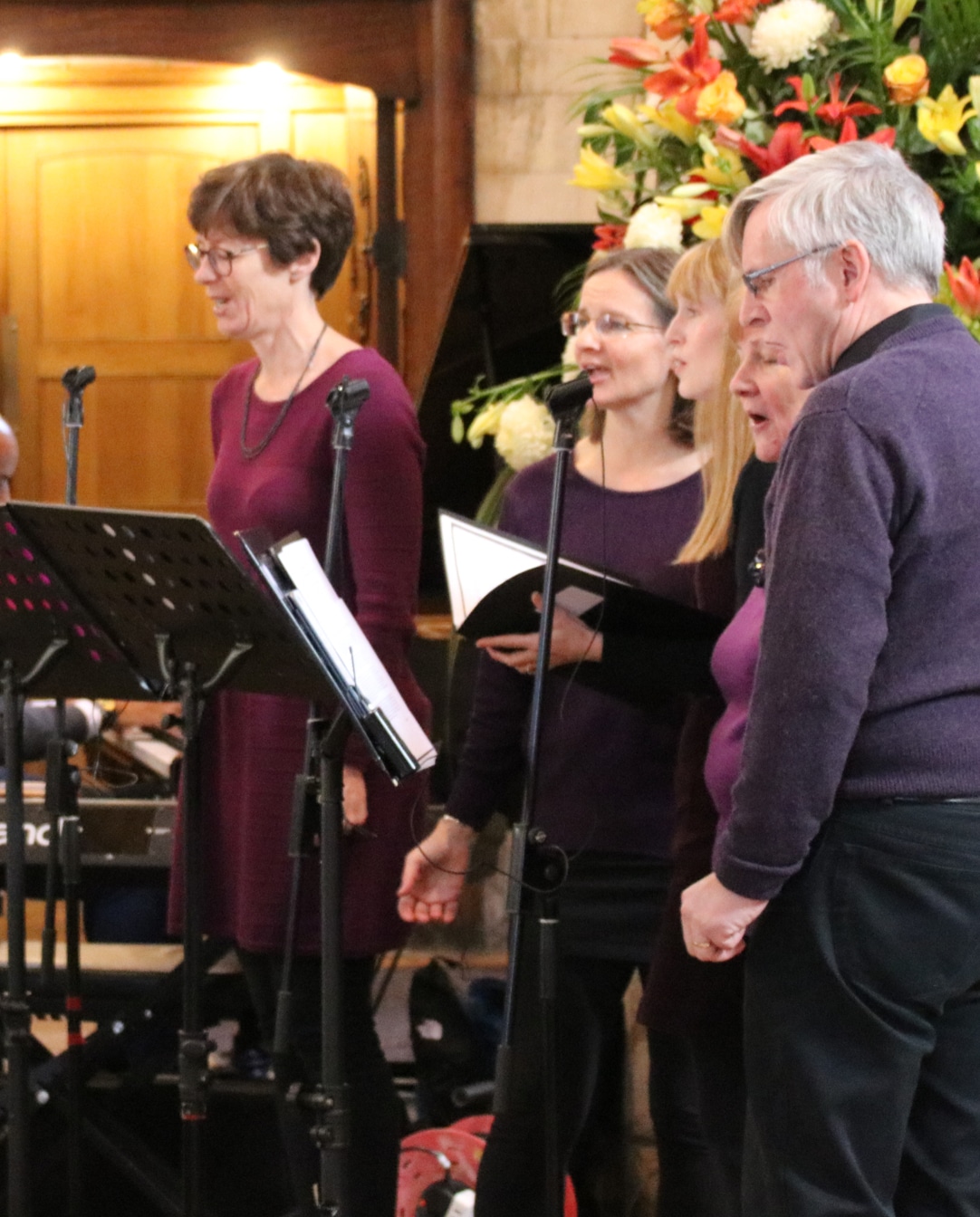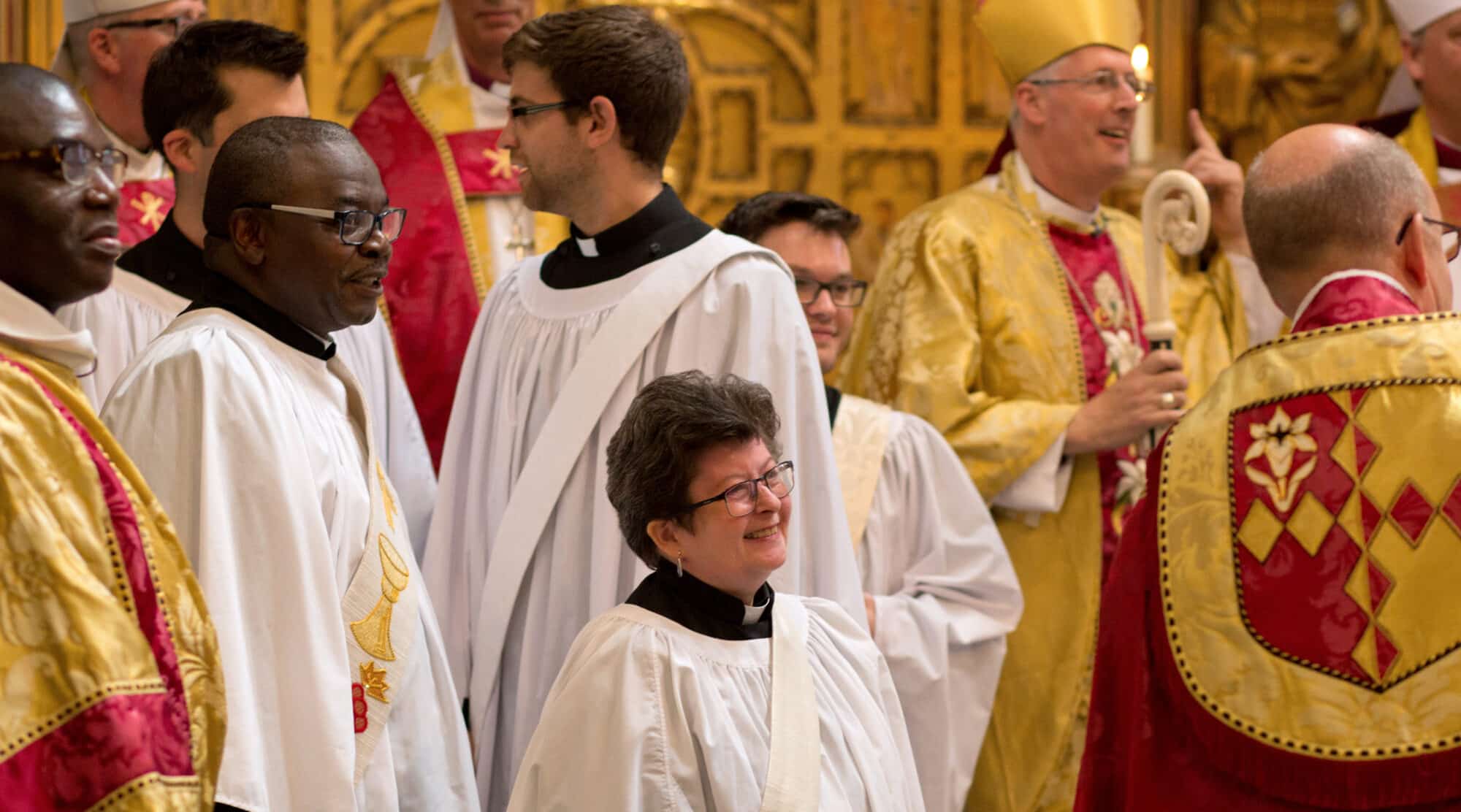The random interment of ashes in churchyards is discouraged. It is wasteful of grave space, and tends to lead to a proliferation of memorials.
Incumbents are authorised to approve the interment of ashes in churchyards in two situations:
- where the ashes are those of a close relative of a person whose body already occupies a grave space within the churchyard
- where the ashes are to be interred within an area of the churchyard designated for the interment of ashes, which will normally take the form of a Garden of Remembrance.
Interment of ashes for relatives
Where the ashes are those of a close relative of a person whose body already occupies a gravespace within the churchyard, and provided that other relatives of the original occupant agree, there is much to be said for allowing one or more such interments of ashes, so as to create a family grave. It should assist maintenance of the grave, as well as being an economic use of grave space.
On the other hand, such interments of ashes do not automatically carry any right to a further memorial, or to the adding of a further inscription to any existing memorial, for which separate approval must be sought. It will usually be unsightly, and therefore inappropriate, to permit the erection of additional memorials in such circumstances.
Gardens of Remembrance
If ashes are to be interred within an area of the churchyard designated for the interment of ashes, this will normally take the form of a Garden of Remembrance.
Subject to selection of an appropriate area and the provision of an appropriate design, faculties for the creation and subsequent extension of Gardens of Remembrance are likely to be granted, since this is a respectful and economical way of treating the remains of the deceased.
Interment of ashes should take place by simple pouring of the ashes into a hole in the ground, rather than by the burying of ashes within a container, and the Incumbent should maintain a gridplan showing where individual ashes have been buried.
After a period of approximately 20 years, individual squares on the grid can be reused. It is possible to incorporate simple plant and/or gravel cover, provided that care is taken not to disturb recently buried ashes. Fresh, unwrapped flowers may be laid at the place of interment to mark anniversaries, but should be removed after a short period, since nothing is more depressing than the sight of dead flowers littering an otherwise well-maintained Garden of Remembrance.
Relatives of the deceased generally prefer a system whereby the names of the deceased are recorded in some semi-permanent form outside, close to the place of interment. Individual plaques, although frequently and understandably sought, should be discouraged, since they almost always give rise to a cluttered appearance.
Sometimes it is possible to incorporate into the design a memorial on which names can be recorded as interments take place, but this is not always possible, nor is it readily compatible with reuse of the Garden of Remembrance. Usually the most appropriate course will be a Book of Remembrance, kept open within the church and with the pages turned at regular intervals. A fee should be charged to cover the costs of maintaining the Garden of Remembrance itself and the cost of a calligrapher for inscribing the names in the book.
Relatives can sometimes be encouraged to achieve remembrance for the deceased through means other than memorials, for example through gifts of value to the church. It is important, however, that churches are not embarrassed by gifts of unwanted items (for the introduction of which in any event a faculty is likely to be required), and that such gifts do not become a means of securing a memorial tablet which would otherwise be refused.
It will generally be appropriate for the Incumbent or PCC to appoint one or more persons to take responsibility for the maintenance of the Garden of Remembrance, including regular replanting, weeding and removal of dead flowers.


